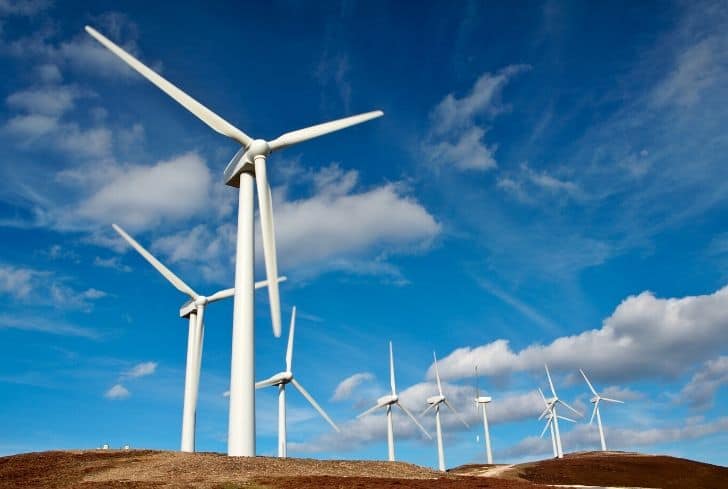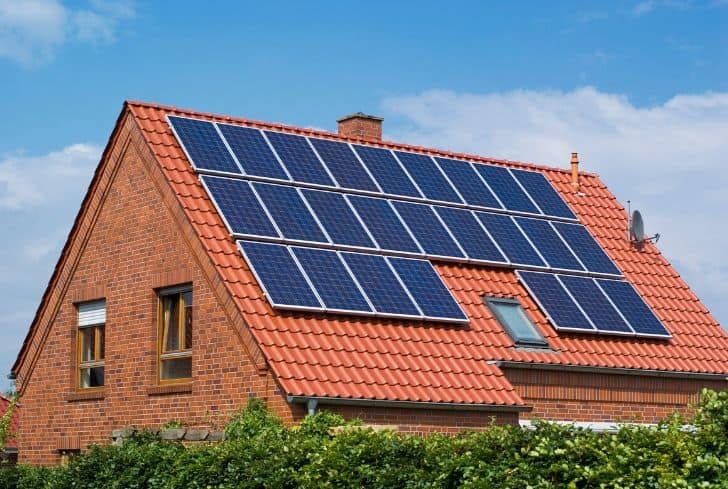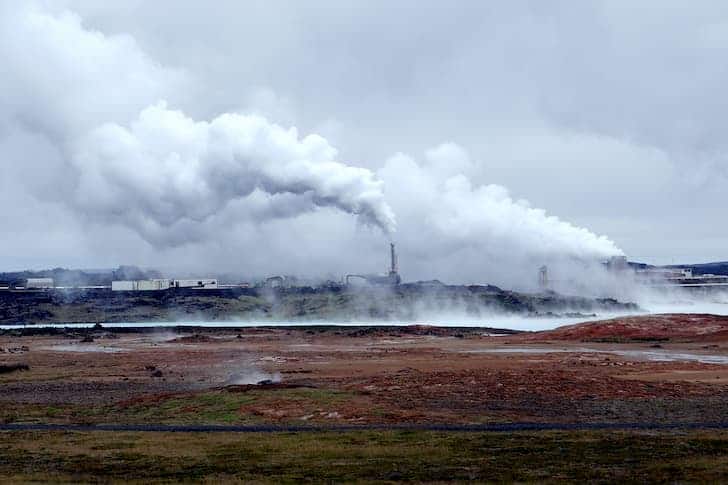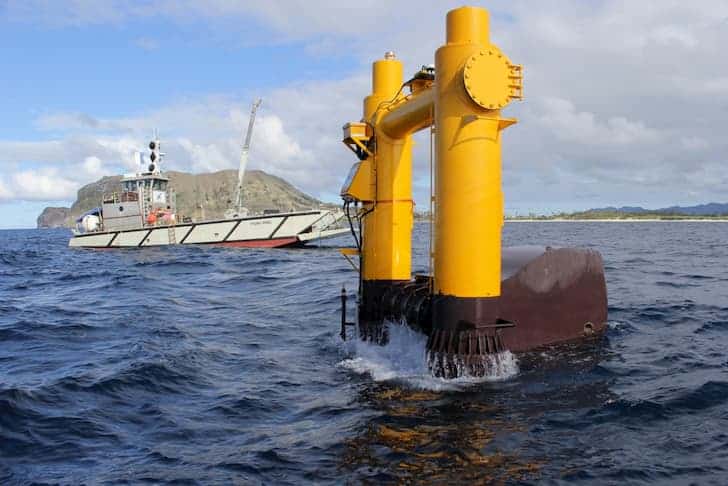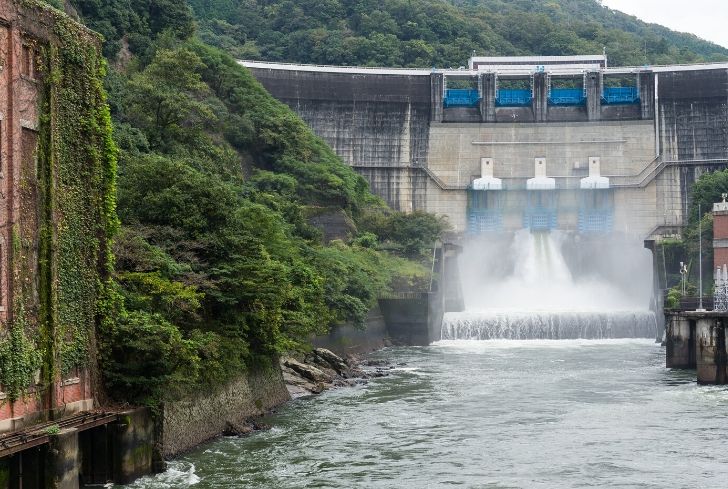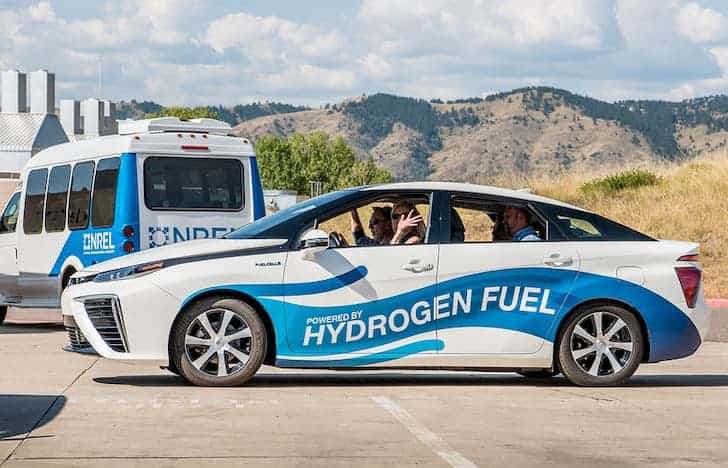Sustainable energy is a form of energy that meets our today’s demand of energy without putting them in danger of getting expired or depleted and can be used over and over again. Sustainable energy should be widely encouraged as it does not cause any harm to the environment and is available widely free of cost. All renewable energy sources like solar, wind, geothermal, hydropower and ocean energy are sustainable as they are stable and available in plenty.
Sun will continue to provide sunlight till we all are here on earth, heat caused by the sun will continue to produce winds, the earth will continue to produce heat from inside and will not cool down anytime soon, movement of earth, sun and moon will not stop, and this will keep on producing tides.
The process of evaporation will cause water to evaporate that will fall down in the form of rain or ice which will go through rivers or streams and merge in the oceans and can be used to produce energy through hydropower. This clearly states that all these renewable energy sources are sustainable and will continue to provide energy to the coming generations.
There are many forms of sustainable energy sources that can be incorporated by countries to stop the use of fossil fuels. Sustainable energy does not include any sources that are derived from fossil fuels or waste products. This energy is replenishable and helps us to reduce greenhouse gas emissions and causes no damage to the environment. If we are going to use fossil fuels at a steady rate, they will expire soon and cause adverse effects on our planet.
Fossil fuels are not considered as sustainable energy sources because they are limited, cause immense pollution by releasing harmful gases and are not available everywhere on earth. Fossil fuels normally include coal, oil and natural gas. Steps must be taken to reduce our dependency on fossil fuels as pose dangerous to the environment. Most of the counties have already started taking steps to make use of alternative energy sources.
As of today, around 20% of the world’s energy needs come from renewable energy sources. Hydropower is the most common form of alternative energy used around the world.
Need For Sustainable Energy
During ancient times, wood, timber and waste products were the only major energy sources. In short, biomass was the only way to get energy. When more technology was developed, fossil fuels like coal, oil and natural gas were discovered. Fossil fuels proved a boon to mankind as they were widely available and could be harnessed easily.
When these fossil fuels were started using extensively by all the countries across the globe, they led to the degradation of the environment. Coal and oil are two of the major sources that produce a large amount of carbon dioxide in the air. This led to an increase in global warming.
Also, few countries have held on these valuable products, which led to the rise in the prices of these fuels. Now, with rising prices, increasing air pollution and the risk of getting expired soon forced scientists to look out for some alternative or renewable energy sources.
The need of the hour was to look for resources that are available widely, cause no pollution and are replenishable. Sustainable Energy, at that time, came into the picture as it could meet our today’s increasing demand for energy and also provide us with an option to make use of them in the future also. Let’s see the benefits-
1. Fight Against Climate Change
Renewables emit little or do not emit greenhouse gases in energy generation processes, making them the cleanest, most viable solution to prevent environmental degradation. Globally increases in fossil fuel-based road transport, industrial activity, and power generation contribute to elevated levels of air pollution. Renewable energy emits no or low air pollutants. That’s better for our health.
2. Inexhaustible Source of Energy
Renewable energy is energy derived from natural resources that replenish themselves over a period of time without depleting the Earth’s resources. These resources also have the benefit of being abundant, available in some capacity nearly everywhere, and they cause little, if any, environmental damage.
Energy from the sun, wind, and thermal energy stored in the Earth’s crust are examples.This makes them an essential element in a sustainable energy system that allows development today without risking that of future generations.
3. Reduces Energy Dependence on Fossil Fuels
Evolving energy markets and geopolitical uncertainty have moved energy security and energy infrastructure resilience to the forefront of many national energy strategies.
The indigenous nature of clean sources gives local economies an advantage and brings meaning to the term “energy independence”. Dependence on fossil fuel imports results in subordination to the economic and political short-term goals of the supplier country, which can compromise the security of energy supply.
Everywhere in the world, there is a renewable resource whether that is the wind, sun, water or organic material available for producing energy sustainably.
4. Increasingly Competitive
Renewables are now the most cost-competitive source of power in many parts of the world, and renewable power accounted for more than half of all capacity additions in the global power sector since the last decade. Actions on these fronts are well underway, as highlighted by the announcements featured.
The main renewable technologies, such as wind and solar photovoltaic, are drastically reducing their costs and are fully competitive with conventional sources in a growing number of locations. Economies of scale and innovation are already resulting in renewable energies becoming the most sustainable solution environmentally but also economically in terms of low costs for keeping energy prices at affordable levels.
5. A Favorable Political Horizon
Decisions adopted at COP21are in favor of renewable energies. The international community has understood its obligation to firm up the transition towards a low-carbon economy in order to guarantee a sustainable future for the planet. The international consensus in favor of the “de-carbonization” of the economy constitutes a very favorable framework for the promotion of clean energy technologies.
6. Creates Jobs Developing Local Community
The largest part of renewable energy investments is spent on materials and workmanship to build and maintain the facilities, rather than on costly energy imports. Renewable energy investments are usually spent within the continent, frequently in the same country, and often in the same town. This means the money citizens pay on their energy bill stays home to create jobs and fuel the local economy.
Types of Sustainable Energy
Sustainable energy is not just a part of renewable energy sources, they are also the sources of energy that can best be used to power homes and industries without any harmful effects being experienced. This is the sole reason why many people advise the use of these forms of energy in everyday life. It is because its effects on the environment are purely beneficial.
1. Solar Energy
Solar energy is the best form of sustainable energy. This energy manifests itself in two forms. There is the light and the heat. Both of these forms are equally important to us in our day to day living and other forms of life. For instance, the plants need the light to grow and generate food while a man needs the heat energy to maintain body temperature and power their homes and industries. This means that it is the greatest form of sustainable energy.
It can be used two folds with greater results as needed. This only serves to generate confidence and ensure that we live the way we intended without causing further harm to the environment.
According to activists, it is the future of energy. Evidence of intensive use of this alternative energy source can be seen everywhere. There are many companies that are making solar panels to tap this energy for use at home or in the industries. Consequently, the energy is also being tapped for commercial purposes in many fields like the powering of homes in power grids. All that one needs to do is to get hold of the solar panel and install it in the homes or commercial property. During the summer periods, you can cut down on your energy costs.
2. Wind Energy
The wind is a sustainable energy source. It is available naturally and can be tapped to produce vast amounts of power that can be used in many ways and places. For instance, sailors tap this energy to help the ship propel through its various directions to distant shores for trading. Nowadays, these energy sources is being commercialized. There are many companies that have invested heavily on power grids and windmills to tap into this energy source.
The energy generated can be sold to other people to power their homes and industries. In the near future, sustainable energy like wind power will be a big industry and fossil fuel exploration will have halted and no longer being used.
3. Geothermal Energy
Geothermal energy allows us to fetch energy from beneath the earth. This occurs by installing geothermal power stations that can use the heat coming out from inside the earth and use it to generate electricity. The temperature below the earth around 10,000 meters is so high that it can be used to boil water. Geothermal energy cannot be harnessed everywhere as the high temperature is needed to produce steam that could move turbines.
It can be harnessed in those areas that have high seismic activity and are prone to volcanoes. They are environment friendly and can produce energy throughout the day but their ability to produce energy at suitable regions restricts us from using it on a much wider scale.
4. Ocean Energy
There is a massive size of oceans in this world. About 70% of the earth is covered with water. The potential that ocean energy has to generate power is much higher than any other source of energy. This sustainable energy allows us to harness it in 3 ways i.e. wave, tidal or ocean thermal energy conversion (OTEC). Tides have immense power which when effectively tapped can generate a lot of energy and can be used to power millions of homes.
Waves produced at the oceans can be used by ocean thermal plants to convert the kinetic energy in waves to mechanical energy of turbines which can again be converted to electrical energy through generators. Setting up big plants at the ocean may cause ecological imbalance and disturb aquatic life.
5. Biomass Energy
Biomass energy is produced by the burning of wood, timber, landfills and municipal and agricultural waste. It is completely renewable and does not produce harmful gases like carbon dioxide which is primarily responsible for the increase in global warming.
Although, carbon dioxide is produced by burning these products that is equally compensated when plants take this carbon dioxide and produce oxygen. It also helps to reduce landfills but is not as effective as fossil fuels.
6. Hydroelectric Power
On the other hand, there are the rivers or waterfalls whose energy of the moving water is captured that can turn turbines to generate power. This is commonly known as hydroelectric power. It is very common nowadays and it is powering most parts of the world and one of the biggest forms of alternative energy currently being used.
There are many companies and countries that are exporting this energy to other countries who unable to harness it on their own due to a lack of the necessary resources or conditions. The energy is commonly transported in the form of power lines to various parts of the country and even outside the country.
7. Hydrogen Energy
Hydrogen is the simplest and most abundant element on earth, consisting of only one proton and one electron. Hydrogen is a clean fuel that can store and deliver usable energy, but it doesn’t typically exist by itself in nature. It is produced from compounds that contain it. When consumed in a fuel cell, it gives only water, electricity, and heat.
Hydrogen and fuel cells can play an important role in our national energy strategy, with the potential for use in a broad range of applications across virtually all sectors such as transportation, commercial, industrial, residential, and portable.
Hydrogen and fuel cells can provide energy for use in diverse applications, including distributed or combined-heat-and-power; backup power; systems for storing and enabling renewable energy; portable power; auxiliary power for trucks, aircraft, rail, and ships; specialty vehicles such as forklifts; and passenger and freight vehicles including cars, trucks, and buses.
Due to their high efficiency and zero-or near-zero-emissions operation, hydrogen and fuel cells have the potential to reduce greenhouse gas emissions in many applications.
These are the best case examples of sustainable energy forms that are projected to run the world in the near future. They are very sustainable and so not cause any environmental effects. Their inability to be depleted and lack of effect on the environment makes them a perfect candidate for future energy needs.
References:
